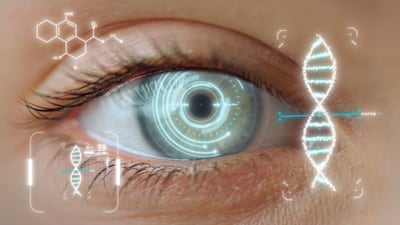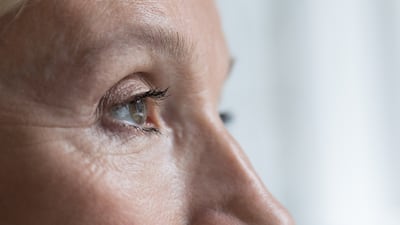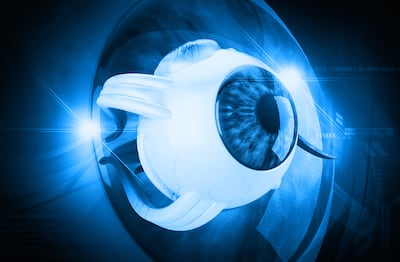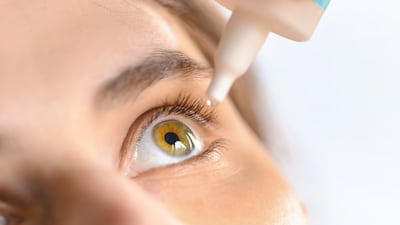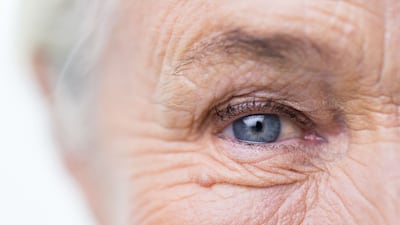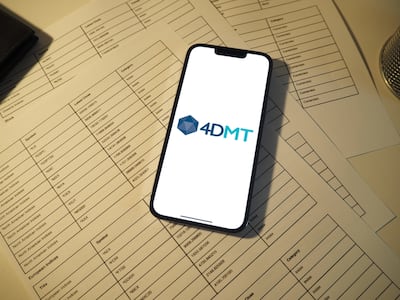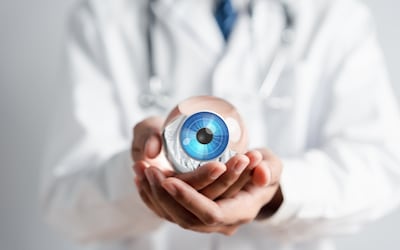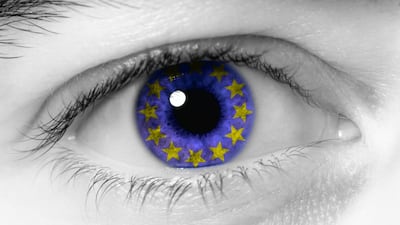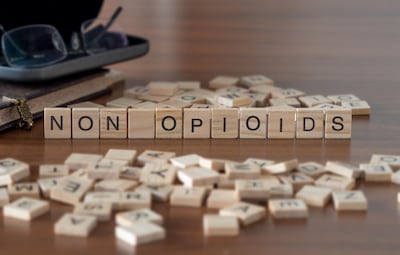Sensory
Promising Phase III results could help tinlarebant become the first approved treatment for the genetic eye disorder, with planned US FDA filing in 2026.
Deal Snapshot: Eli Lilly has become increasingly interested in genetic treatments for the eye and has secured the rights to a high-profile gene therapy for a rare form of childhood blindness.
The company will ask regulators to consider the totality of the data for vamikibart and look past the failure of one of its Phase III trials
Chief medical officer Eliav Barr and EyeBio chief scientific officer Tony Adamis talk to Scrip about progress in eye diseases post Merck’s EyeBio acquisition.
Another biotech is facing the threat of closure after its lead candidate failed a Phase II study in a front-of-eye disease.
New cash will increase its total assets under management to over $1.4bn.
The Swiss company believes new rigor in its internal decision-making and focus on best-in-class efficacy will deliver strong growth to 2030 and beyond.
The start-up, which spent two years operating in stealth mode, has a clinical-stage anti-VEGF/Ang2 drug to rival Roche’s Vabysmo, and is on the hunt for additional ophthalmology assets.
Emerging company profile: PulseSight Therapeutics is developing non-viral gene therapies for AMD, led by PST-611 for geographic atrophy. Its electro-transfection platform aims for durable protein expression and reduced injection frequency.
The France-headquartered firm’s eye drop has demonstrated efficacy in a second pivotal trial.
The German company already had four eye disease candidates in Phase II development and sees promise in Palatin’s novel melanocortin receptor modulators.
Nanoscope’s experimental gene therapy, MCO-010, is designed to target the broader retinitis pigmentosa population, regardless of the underlying gene mutation, with a completed US regulatory submission expected in early 2026.
4D Molecular Therapeutics has fast-tracked its Phase III trials for 4D-150 in wet AMD, with top-line data from one now expected in H1 2027 and another underway ahead of schedule. The company is also cutting a quarter of its staff as it focuses on its late-stage pipeline and to help fund the trials.
Data from a second pivotal trial support a filing in the US for Opus Genetics’ phentolamine ophthalmic solution, to treat presbyopia.
Green light follows a recent rejection by the US FDA to partner Regeneron's request for an extension to the dosing interval.
Series B cash will be used to advance its Stargardt disease gene therapy.
The low-dose atropine eye drop slowed the progression of pediatric myopia by 30%.
Eye drug is already in Phase III trials elsewhere, with results due in Q3. Nicox could earn up to a further €24.5m in milestones and royalties from Kowa alliance.
Deal snapshot: With several internal non-opioid pain candidates in Phase II or earlier, Lilly looks to add R&D potential in pain with $1bn buyout of SiteOne.
Roche Pharmaceuticals’ area head, Asia Pacific, outlines how the Swiss group is helping nurture the wider ecosystem and setting itself up for a bigger play in the ophthalmology space by combining scientific expertise with regional insights.


